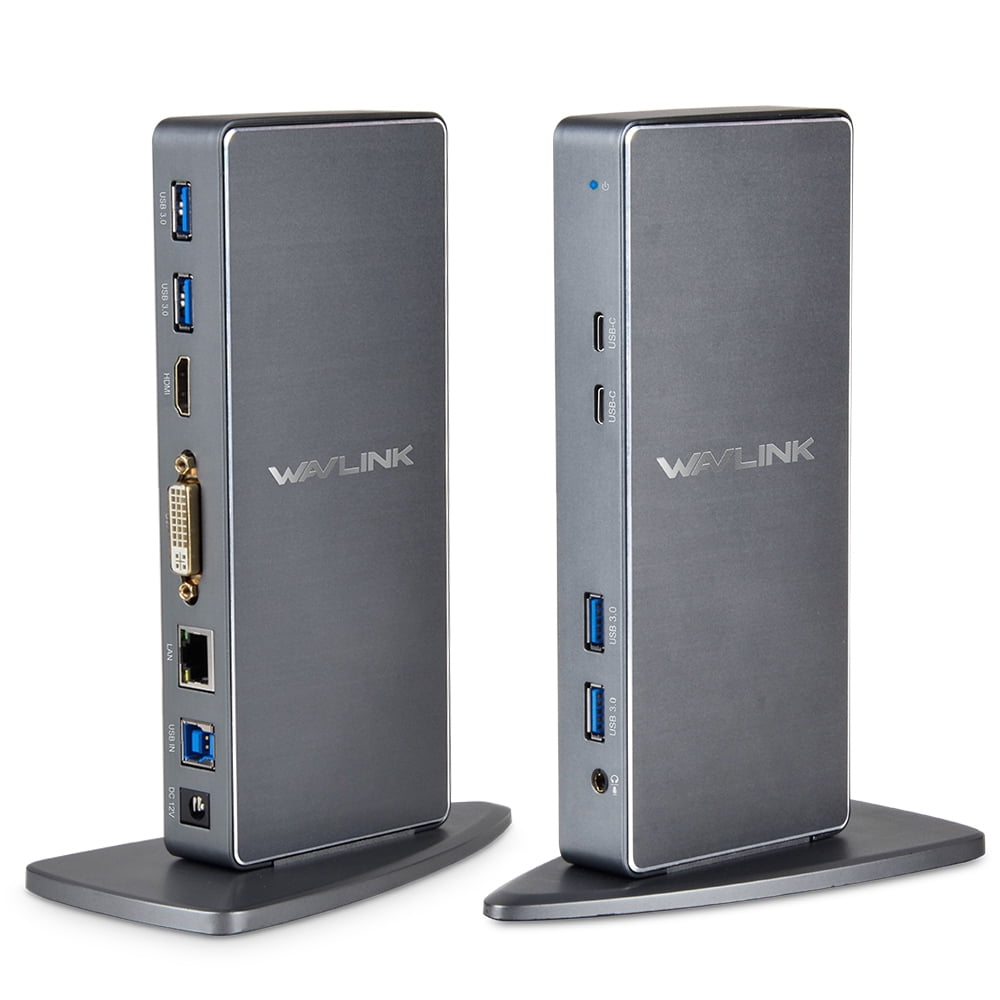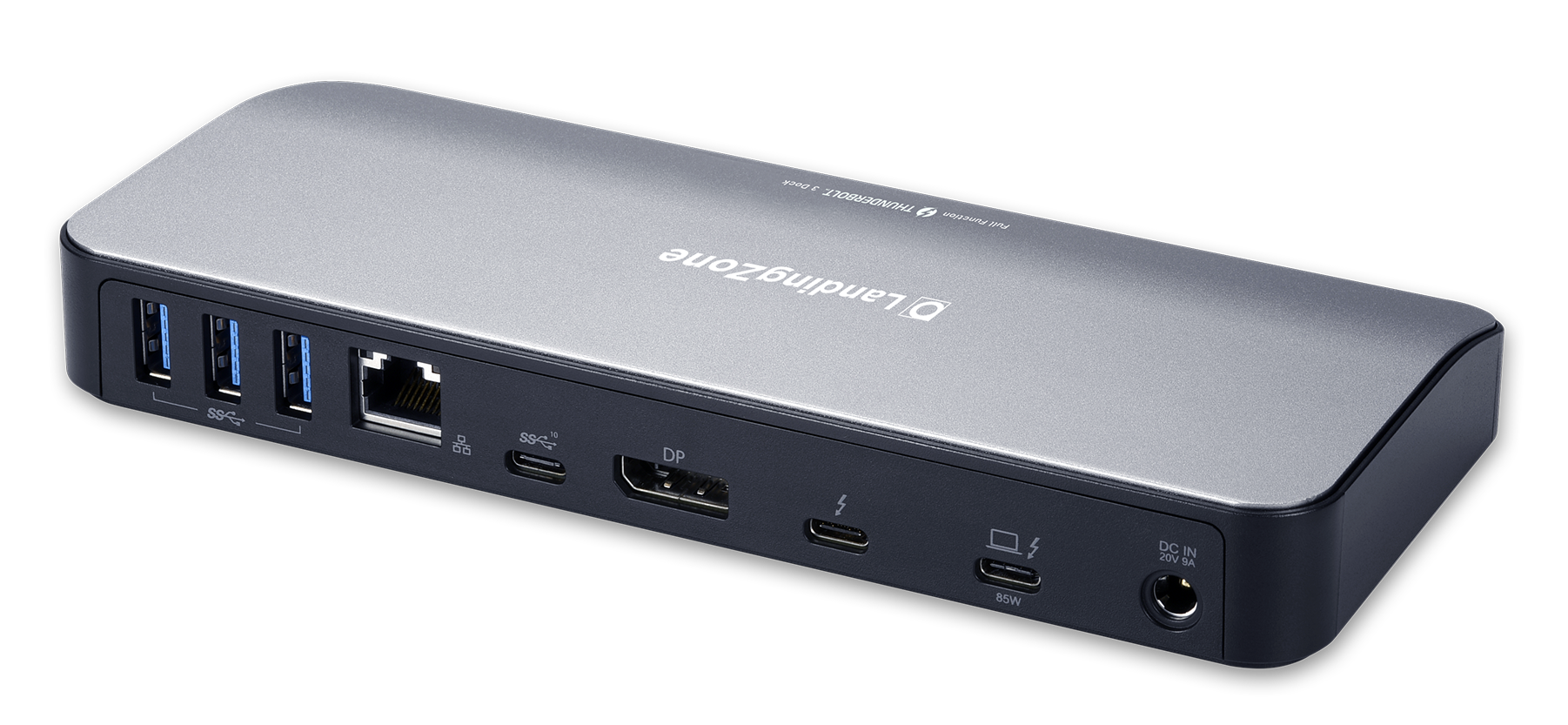
#Dockstation dockerfile install#
You can now SSH into the server to install Magento. Your container is now up and running, use docker inspect acme | grep IPAddress to view the ip address or use DockStation. Tip: use Dockstation to view all your containers! v adds a new volume, which mounts into the container.Īfter that you want to assign the directory to the app user.ĭocker exec acme chown -R app:app /data/web/ You can build the container by executing:ĭocker run -v ~/.cache/composer:/data/web/.composer/cache -v ~/.composer/auth.json:/data/web/.composer/auth.json -v ~/development/acme:/data/web/magento2 -name acme -d devhypernode Replace ‘acme’ with your own project name! Next to that it installs Xdebug using the package manager.Ī note in advance: we use ‘ acme‘ as the project name. Normally you can’t execute sudo on a hypernode, but sometimes you need to install a package for debugging purposes, change the PHP version or reboot services. The example above adds the ‘app’ user to the sudoers list, which means you can use sudo while using ssh. RUN is used to execute a command during build MAINTAINER is the person who maintains the image Save the following in a ‘Dockerfile’ file. Please note that the name of the file has to be “”Dockerfile”” with “”D”” as capital.įROM tells docker from which base image you want to use
#Dockstation dockerfile update#
Please note that this tutorial has been written with PhpStorm in mind.Īnother thing that quickly came to mind was sharing your local composer cache with the containers, since running composer install / update without cache equals more inefficiency. Next to that you want to have Xdebug at your disposal. You want to edit the project in either PHPStorm, Sublime or another IDE. The Hypernode docker container contains all the services you need to run a Magento (2) shop.Īlthough these services are enough in production environments, this does not mean that this meets all your developing needs.

Although it is not best practice to stash all these services into one container, the ease and stability were the decisive factors in continuing research into this container.

The team of Byte announced their docker container in June 2018. It is as close as possible to our production environments. Next to that, Vagrant has a very large overhead because it runs an entire virtual machine including the kernel.It is acceptable if you are have just one project, but if you need to work on multiple projects at the same day it has quite an impact on your computer.

We tried the Hypernode Vagrant but the speed was not good enough to allow fast development. Some preferred their own LEMP stack (Linux, Nginx, MySQL and PHP) and some others preferred the Linux port of Laravel Valet.
#Dockstation dockerfile mac#
You obviously want to mimic the production environment as close as possible when developing on your local machine. Since most of our customers are on the Hypernode platform, we switched our development machines from Mac to Linux last year. “It worked on my machine…”, how often did you hear a colleague say that phrase?


 0 kommentar(er)
0 kommentar(er)
